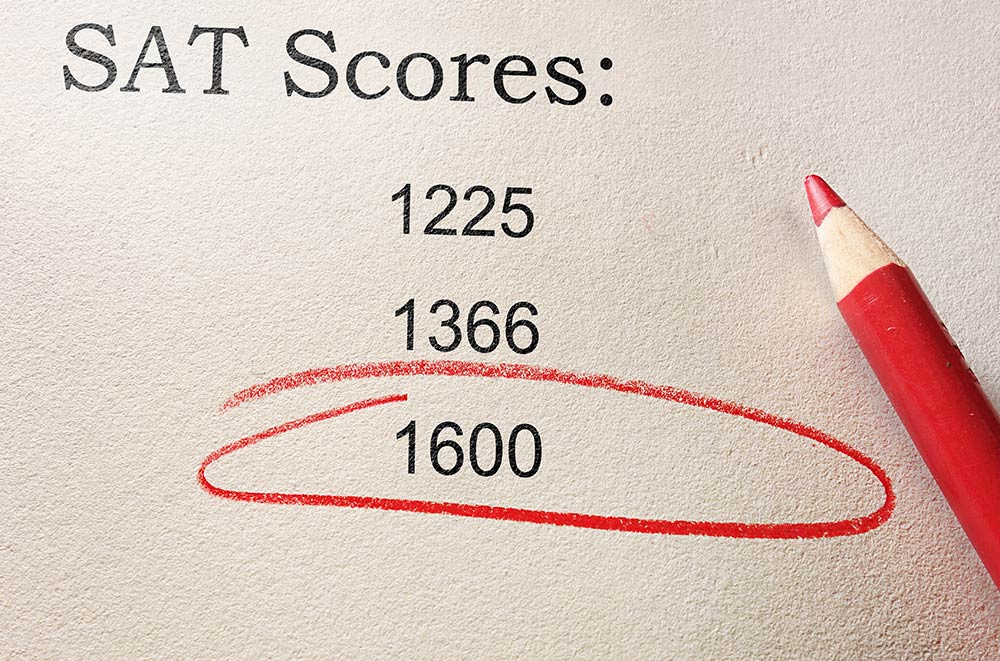 Engaging young writers can be a formidable challenge for any parent or teacher. In thinking about how to motivate students, it is helpful to step back from our preconceived notions about academic writing and lean into thinking about our own adult writing lives.
Engaging young writers can be a formidable challenge for any parent or teacher. In thinking about how to motivate students, it is helpful to step back from our preconceived notions about academic writing and lean into thinking about our own adult writing lives.
Can you remember the last time you sat down and wrote a five-paragraph essay? Perhaps you spent a few minutes crafting your thesis and three supporting details and then moved on to mapping out your writing on a graphic organizer before sitting down to type?
For most of us, thinking back to our last experience cycling through the writing process transports us immediately back to sixth grade English class, nervously mapping out three strong reasons that supported your mother as your hero. This form of writing was born, bred, and remains firmly in our middle and high school experiences. The writing process we shepherded through as students—the meticulous, often redundant planning, the stagnated, structured paragraphs, and the clever closing— is far removed from our current, everyday writing experiences. Engaging young writers requires a step back from our preconceived notions of academic writing and a step towards thinking about writing in the world.
In our day to day, writing takes on a more organic, natural feel. We write to-do lists for the week, notes to our children’s teachers, emails to colleagues, and thank you notes to friends. We put pen to paper when the tasks are relevant to our lives and personally motivating. Our everyday writing is task oriented— a means to an end. When we do sit down and write for pleasure, it is often a project of passion. We write because we are moved by an experience, whether it was a delicious meal to review on Yelp or an amazing trip to recount on a blog.
Our professional writing tasks are the ones that often require the most planning, thinking, and following of a firm structure. They are the writing pieces most closely aligned to the ideal middle school essay. And not surprisingly, for most of us, we go through the process of completing these tasks with the same lack of joy we experienced when crafting our introduction on George Washington as an 11 year old.
As we reflect back on our academic writing experience, it should be of little surprise that our students are often reluctant to engage in the writing process. School writing often sets students up to only think about writing through the lens of five perfect, thesis-supporting paragraphs. It is no wonder so many of our students are uninspired and unmotivated to engage with the written word.
But, like any other craft, when it comes to developing stronger writing skills and, ultimately engaging young writers, practice is key. The strongest, most confident writers are those that write often. With increased time on task, young writers develop the courage to play around with new vocabulary and varied sentence structure. They develop writing self awareness and identify what topics, formats, and ideas inspire them to write. They begin to self monitor, editing and revising as they write instead of as prepublication chore. The more students write, the stronger they become at writing.
So, how does one inspire their student to write? The key to engaging young writers is finding what motivates them and giving them choices and ideas for how writers operate outside the parameters of a five paragraph essay.
Here are some ideas to engage your student in writing:
- Set up an email account: There is something incredibly joyous about sending and receiving letters. Setting up an email account establishes a natural tool for writing. Instead of calling grandma to tell her about a playdate, your student can send a written account of the adventure.
- Start a bullet journal: If you have not yet googled bullet journalling, you are in for a real treat. Invented by a designer and sensationalized by Instagram, bullet journaling is a recent phenomenon that is part sketchbook and part planner. “Bujo” enthusiasts track, organize, and memorialize their day-to-day life using every medium— from patterned washi tape to neon highlighters. Start exploring #bujoinspiration with your young writer and head to the craft store to stock up on supplies. They will be hooked and writing daily in no time!
- Write a graphic novel: While the inexperienced reader may shrug graphic novels off as comics, the astute consumer knows that they are filled with incredible dialogue, sophisticated vocabulary, and nuanced plot lines. If your student can not pull their head out of their favorite graphic novel, it may be high time they write their own! Pick out a printable comic frame online and your young writer is just a few pen strokes away from creating a new character or illustrating their summer vacation.
Writing does not have to be a stressful experience. Engaging young writers can be a meaningful and rewarding task!
For help supporting your writer, contact us about private tutoring.
By Marisa Krohn, Learning Specialist
 “So what did you get on the ACT?” As soon as two weeks have passed since your child’s test date, they will start logging onto the website several times a day, reloading and reloading, until the answer to that question finally appears: a single two-digit number. Students are often so focused on that number, and the handful of subscores below it, that they overlook a statement that appears in small print above their score: “ACT will notify you by email when your score report is ready.” Unfortunately, many students and parents never look at the full score report and, therefore, don’t fully understand ACT scores. It’s really a missed opportunity because fully understanding ACT scores helps students and families
“So what did you get on the ACT?” As soon as two weeks have passed since your child’s test date, they will start logging onto the website several times a day, reloading and reloading, until the answer to that question finally appears: a single two-digit number. Students are often so focused on that number, and the handful of subscores below it, that they overlook a statement that appears in small print above their score: “ACT will notify you by email when your score report is ready.” Unfortunately, many students and parents never look at the full score report and, therefore, don’t fully understand ACT scores. It’s really a missed opportunity because fully understanding ACT scores helps students and families  Your child has spent months studying. A few weeks ago, they took the SAT. This morning, they woke up to an email saying their scores were ready to view. They log on to the portal and finds one number in large print — and lots of little numbers. While the test is known for that single large number, fully understanding SAT scores and how to read the reports will help you and your child figure out the next steps in their
Your child has spent months studying. A few weeks ago, they took the SAT. This morning, they woke up to an email saying their scores were ready to view. They log on to the portal and finds one number in large print — and lots of little numbers. While the test is known for that single large number, fully understanding SAT scores and how to read the reports will help you and your child figure out the next steps in their  It surprising in this environment of data-driven education that teachers are still sometimes surprised to find out when their students are doing poorly at the end of the term, or that many
It surprising in this environment of data-driven education that teachers are still sometimes surprised to find out when their students are doing poorly at the end of the term, or that many  The College Board redesigned the SAT in March 2016. Below is the complete explanation from the College Board about the changes.
The College Board redesigned the SAT in March 2016. Below is the complete explanation from the College Board about the changes.